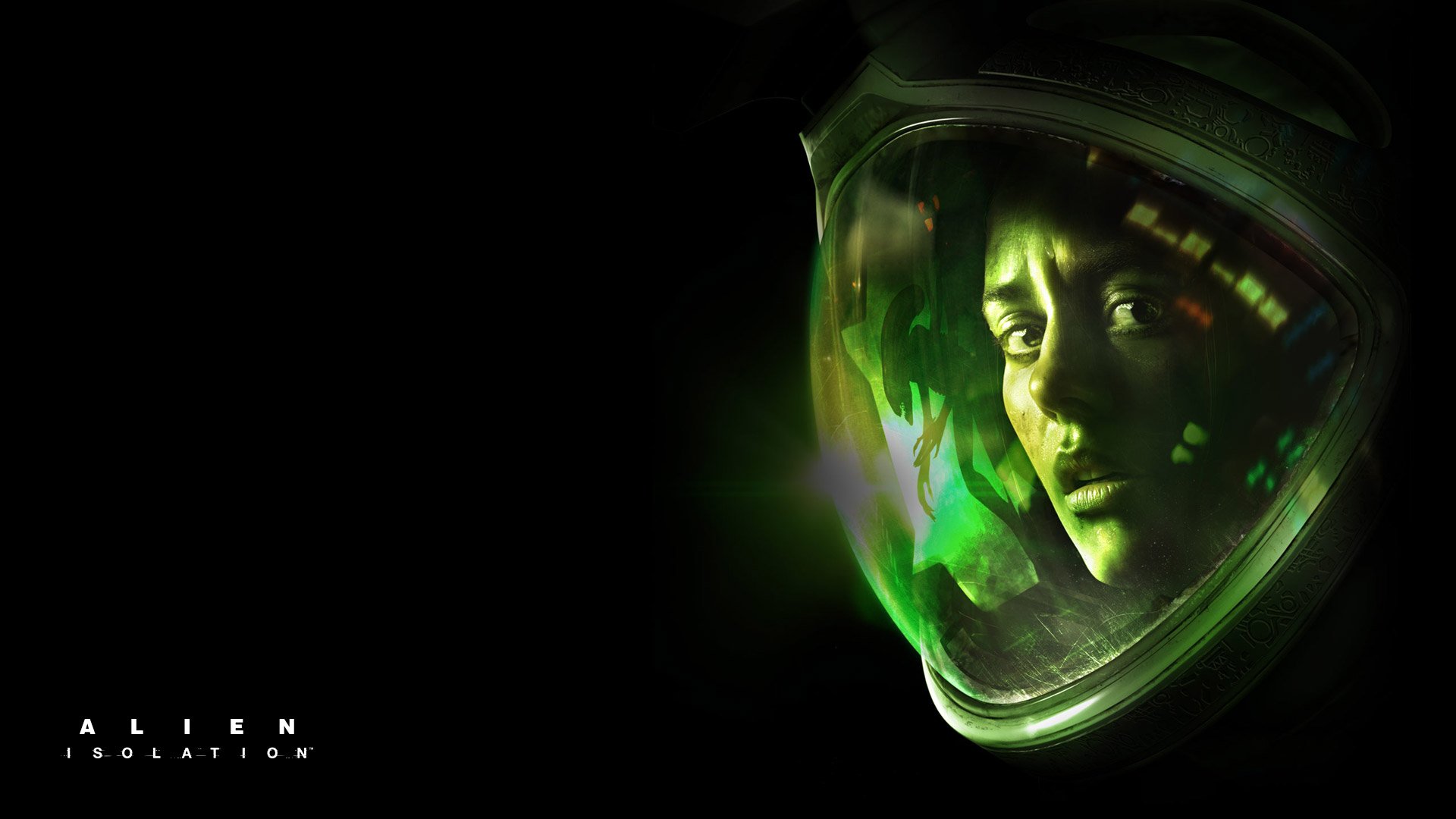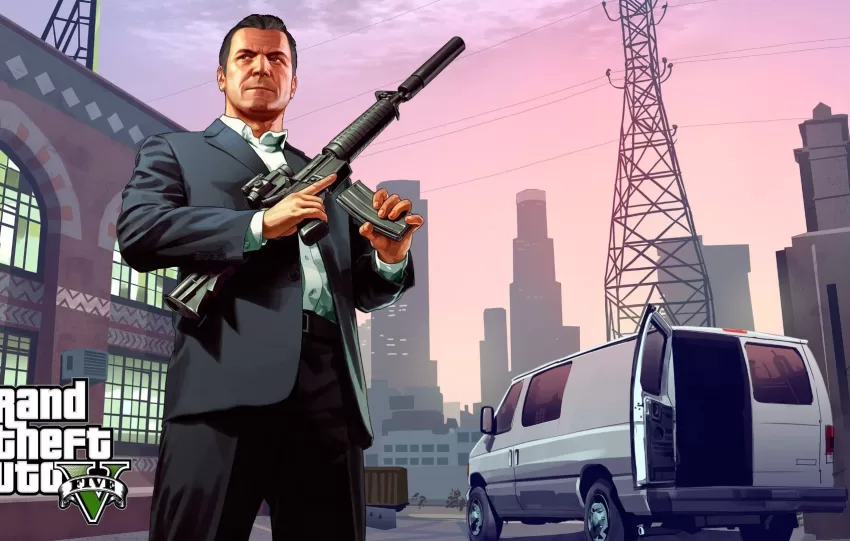Space stretches out into an endless expanse. Beyond the vast darkness lie dying stars, planets with extreme conditions where life seems impossible, and our most terrifying nightmares.
Being crushed under the weight of interplanetary corporations and the cold war between planetary governments struggling against each other, being trapped within a heap of metal in the middle of infinite darkness, or being stranded on an unknown planet might not seem as bad when compared to the other disasters you’ll encounter.
In the depths of space, there are strange and savage things alien to humanity. They come to hunt you, to use you as hosts to ensure the continuation of their species. They will attack you with an irresistible force. You’ll try to survive, but it’s not very likely. After all, nobody promised you that.
Alien RPG is a tabletop role-playing game with horror and science fiction themes, adapted by Free League based on the Alien franchise from 20th Century Studios. It stands out in many ways compared to other representatives of its genre. The developers meticulously examined and analyzed the material they adapted before integrating them into the game’s world. Speaking of the game’s world, it’s essential to note that the worldbuilding is exceptionally detailed and extensive in scope. The familiar Alien series is deeply detailed within the game’s book.
Governments and corporations in conflict, colonies and planets, detailed explanations of various life forms, and many more can be found within the book.
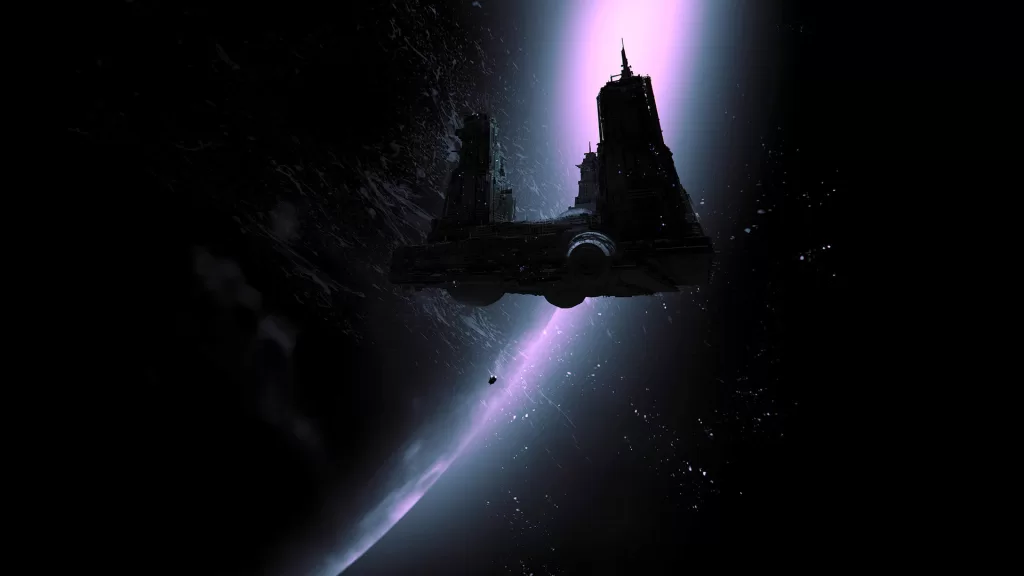
The Alien RPG Core Rulebook can be described as tailor-made for those who want to delve into the universe. However, you should be careful because as soon as you read the book and start playing, you’ll find yourself feeling truly immersed in that world, sweating with great stress to survive. And no, we’re not referring to the stress dice mechanic of the game. Sometimes, even around the table, there are genuinely tense moments.
About the Core Rulebook
The 400-page Alien RPG Core Rulebook is likely Free League’s best print game to date. The book’s cover and texture make it a piece you’d want to display in your library. The use of glossy black paper for the book enhances the visuals inside. There isn’t a collector’s edition specifically for the Alien RPG Core Rulebook, but in my opinion, there’s no need for one because the regular version already feels like a collector’s item. The soft, matte texture of the hardcover, the high-quality pages, and the visual design of the cover are truly stunning.
In terms of content, the book consists of 13 chapters. The first chapter provides a brief introduction to the Alien universe, explaining what a role-playing game is, the basic concepts within the book, and the gameplay structure. Chapters 2 through 5 provide detailed information on the game mechanics, how to create characters, the abilities of created characters, rules for non-player characters, and combat mechanics. We’ll delve into these mechanics later in the article.
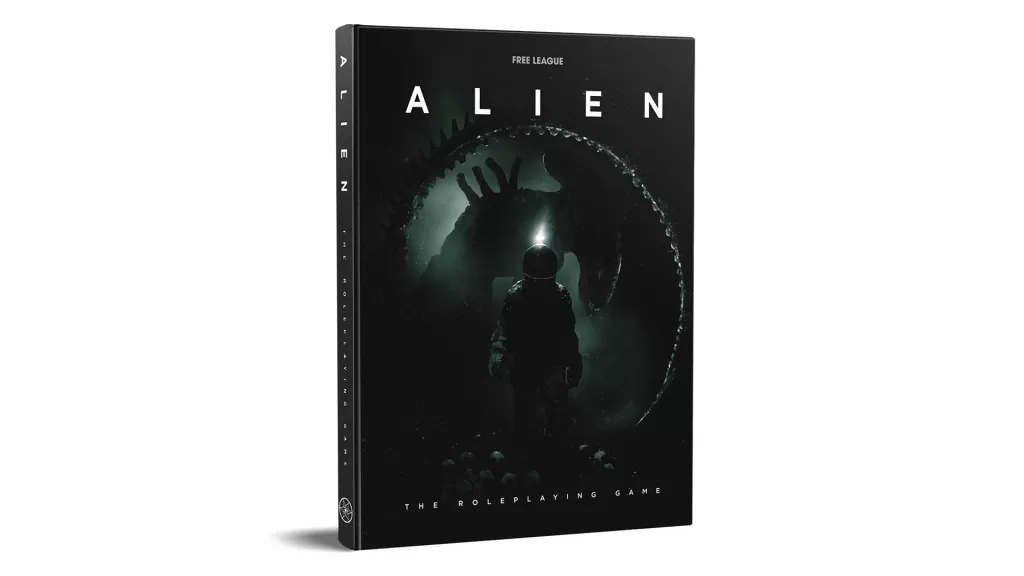
Chapter 6 details all the equipment your characters can use, itemizing and describing each piece extensively. From space suits and weapons for use in space to vehicles for planetary travel, there’s a wide range of options. What’s great is that much of this equipment isn’t just listed on a simple table with names and mechanical features; it’s described in narrative form within the book.
When we come to Chapter 7, we’re greeted with a detailed universe description along with a crafting section, which I particularly enjoyed. Here, there’s a detailed explanation of life in space, covering everything from space stations to religious beliefs. These sections are a fantastic addition, especially for players planning long-term campaigns. When you read the book, you’ll find yourself brainstorming and planning for weeks or even months to run a campaign as the Game Mother (GM) and craft a compelling adventure.
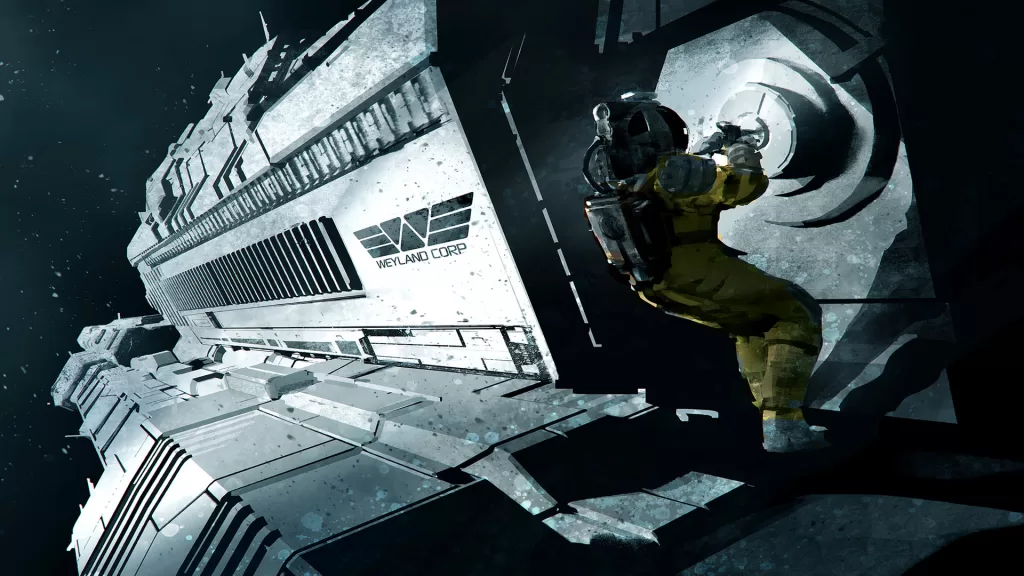
Personally, before reading the book, I initially thought that a universe like Alien wouldn’t be suitable for long-term games, assuming the system would be more suited to one-shot adventures or what the book terms as cinematic adventures. I was very wrong! Yes, cinematic adventures are indeed excellent (we’ll discuss the scenario that comes with the Starter Set in more detail later), but the system also supports campaign adventures and subtly whispers to you, urging you to run a campaign and take over your mind. Colonization, being used as pawns in conflicts between corporations, researching mysterious creatures, upgrading your ship after weeks of endless trials, or seeking God with cult members and scientists in the depths of space are just a few of the things you can do in Alien RPG.
In the crafting section, spaceships are explained, supported by detailed tables. This allows players to browse tables as if they were going to a market, improving their ships or purchasing a better one from scratch based on their characters’ budgets. Additionally, this section explains how to engage in action with spaceships, adding a mechanic for space battles to the game.
Chapter 8 explains the ways in which the Game Mother can run the game. Details on what to focus on in cinematic and campaign games, how to structure games, and more can be found in this chapter. However, if you’re looking for a more detailed explanation for your campaign game and a resource to help you create your own world, you should check out Chapter 12, as it provides a more detailed explanation of how campaign games work.
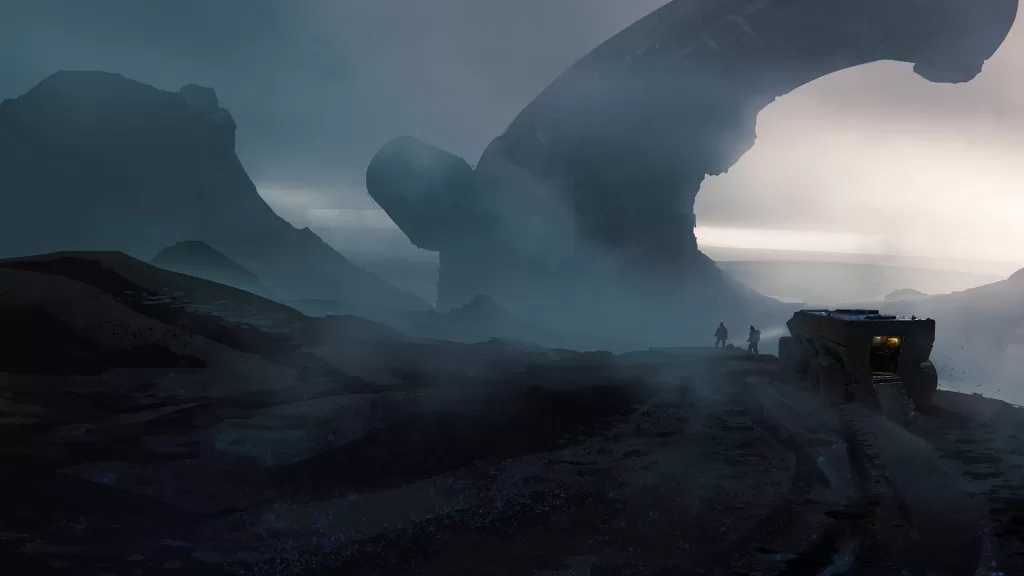
Chapter 9 discusses governments and corporations, providing narratives that can help you use them in your games. As someone who’s curious about the Alien universe and has consumed as much material as possible about it, I adored this chapter.
Chapter 10 contains systems and planets in space. After all, if you’re running a campaign, you’ll want your players to travel to different systems and planets.
Chapter 11 lists xenomorphs and other creatures you might encounter in the Alien universe. Each creature’s different stages and the attacks they can perform at each stage are detailed in this section. Additionally, there’s a section for Engineers, detailing their technologies, physical appearances, architectures, and the little bits of information we have about them. Personally, I think it’s a good choice for them to remain mysterious, considering they were conceptualized as our gods in the films and have been seen very limitedly in the movies.
Finally, Chapter 13 contains a brief scenario for you to play quickly. So, you can experience the basics of the game through this scenario before buying the Starter Set.
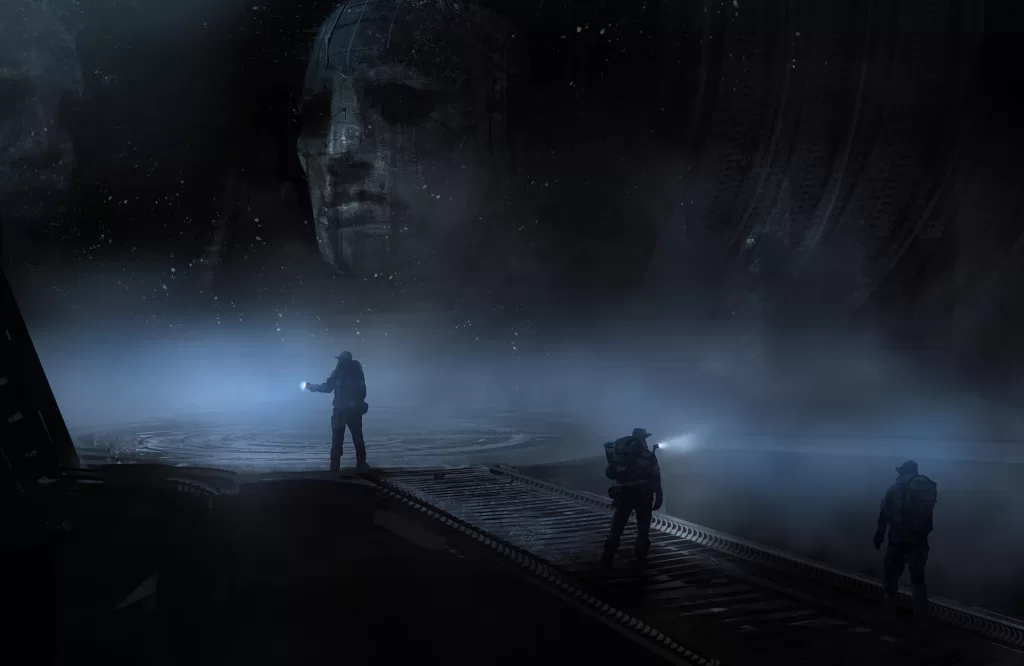
System
Alien RPG, like many other games from Free League, utilizes the Year Zero Engine system. However, it adds variety with slight tweaks and mechanical additions.
For example, the stress mechanic within the system makes you feel like characters from the movies, becoming increasingly dangerous as the game progresses.
Let’s briefly explain the general system. The game features four attributes: Strength, Agility, Wits, and Empathy, each with three associated skills, totaling 12 skills. Under Wits, you’ll find Observation, Comtech, and Survival skills. Let’s say your character has a Wits score of 3 and a Comtech score of 2. If the scenario requires you to hack into a computer, the Game Mother might ask you for a Comtech roll. In this case, you’d add your Wits score to your Comtech score and roll as many six-sided dice as the resulting number. In our hypothetical scenario, that means rolling 5 six-sided dice.
Each dice roll of 6 represents a success. While most rolls can be easily resolved with just one success, sometimes the GM may require two successes for certain rolls to challenge players.
Additionally, you can gain advantages for your Comtech roll, such as rolling more dice than usual by using different equipment or asking other players for help. Conversely, the GM can create events that lead to rolling fewer dice.
In essence, the system revolves around rolling six-sided dice and striving to get as many sixes as possible.
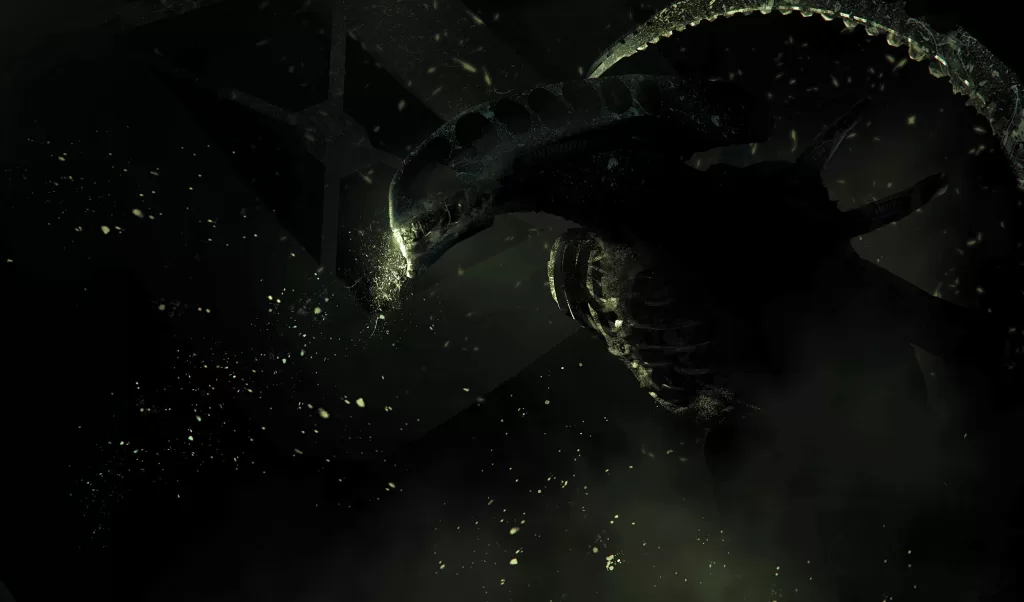
Pushing Roll and Stress Mechanics
If you fail an important roll, you can try again by pushing the roll. You reroll the same dice a second time, but this results in your character gaining 1 stress point.
The stress mechanic comes into play in certain situations or when you push a roll by rerolling dice. Suppose your character fails a roll and you want to try again by pushing the roll. In this case, you immediately gain 1 stress point. Normally, this stress point means adding +1 to the dice you’re about to roll. So, if you were going to roll 5 dice, you now roll 6, but if the additional die from stress results in a 1, you might panic. This is where the panic mechanic comes into play.
If any of the stress dice show a 1, even if all the other dice show a 6, your action fails, and you roll a six-sided die and add your current stress point to the result. You then consult the panic table to see what the consequences of your panic are.
Combat
In combat, similar to Blade Runner RPG, initiative order is determined by drawing cards. Each character has one fast and one slow action. They can use both of these actions in their turn or save one of their fast actions for later in the round.
The reason for allowing the option to save actions is that, unlike in Blade Runner RPG, there is no mutual dice rolling in close combat here. If the opposing side still has a slow action available during the turn and chooses to use it, they can attempt to resist the attack made against them by using the block action counted as a slow action.
This action sequence adds an extra layer of strategy and requires more thought. You can try to quickly finish off your opponent by using both of your actions in your turn, or you can opt for a more cautious approach by saving one action to defend yourself.
Personally, I prefer this mechanic over the combat system in Blade Runner RPG. It provides players with additional freedom at the table during combat, which I find appealing.
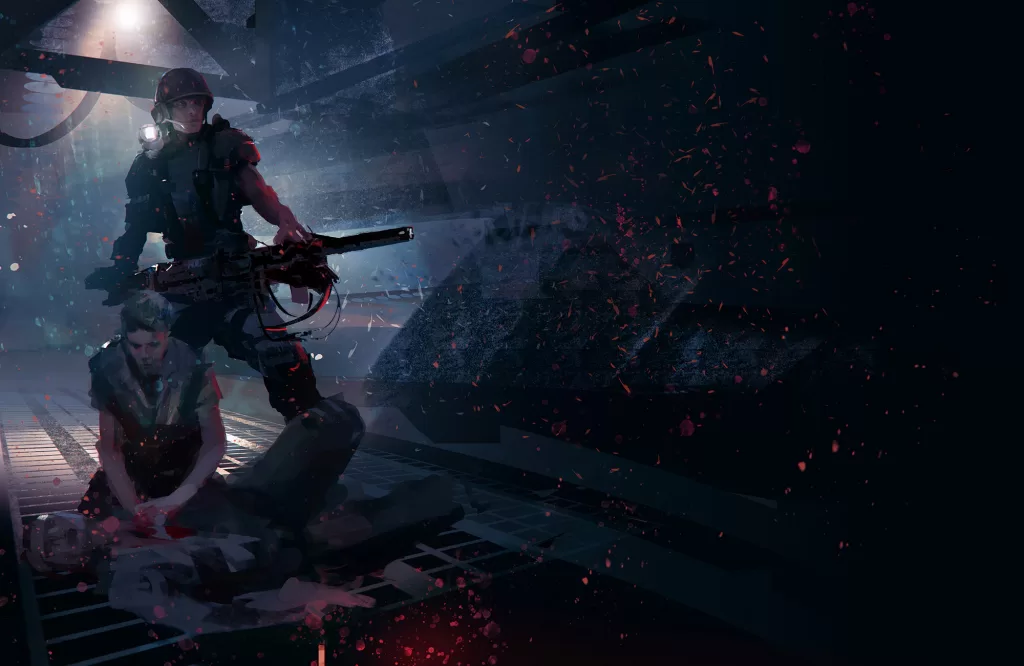
Personal Agendas
One of my favorite mechanics in the game, Personal Agendas, deserves mention in our discussion of Alien RPG. Therefore, let’s briefly talk about this mechanic.
At the beginning of each chapter in cinematic scenarios, or at the start of each session in campaign games, each player receives a secret personal agenda for their character, hidden from the other players. These agendas often lead to conflict between players and result in intriguing scenes as the game progresses. For example, one player’s character might be a secret agent for a rival corporation, tasked with sabotaging a delivery being undertaken by the other players. Or another player’s character might be extremely greedy, with their agenda involving stealing money from another player’s character.
At the end of each chapter or session, the Game Mother evaluates whether players have completed their agendas and awards Story Points, special points that allow players to change the outcome of a die roll of their choice. For example, if no successes are rolled at a critical moment, a player can spend a Story Point to count one die as a success.
The game encourages players to keep track of these points between sessions, suggesting that they can be used in other games. This means that Story Points are given to players rather than their characters, which personally, I find to be a satisfying choice.
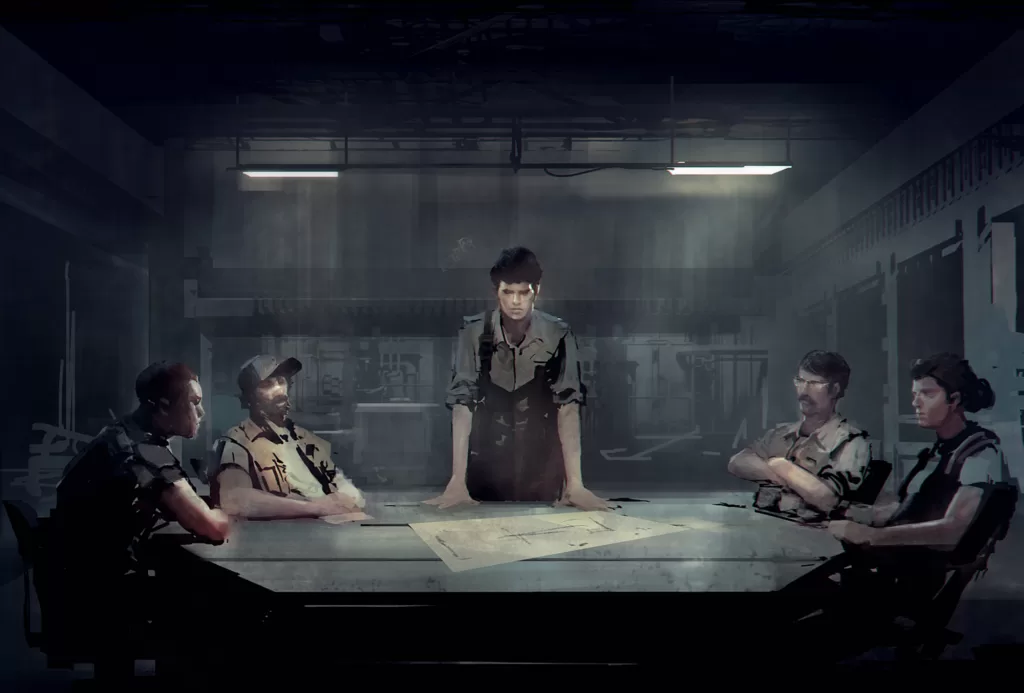
Synthetics and Humans
When creating characters, you have the option to be either human or android. If you choose to be an android, your attribute points will be higher, but you cannot perform pushing rolls or receive stress points. While not receiving stress points means you will never panic, you also lose the chance to roll additional dice. However, as an android, you can be considered somewhat immortal. Similar to in the movies, as long as your main memory chip remains undamaged, you can continue your existence with minor repairs.
Delving into the numerical rules for synthetics in detail here wouldn’t be very practical, but the book explains these rules quite clearly. After reading the book, you won’t experience any confusion about the rules.
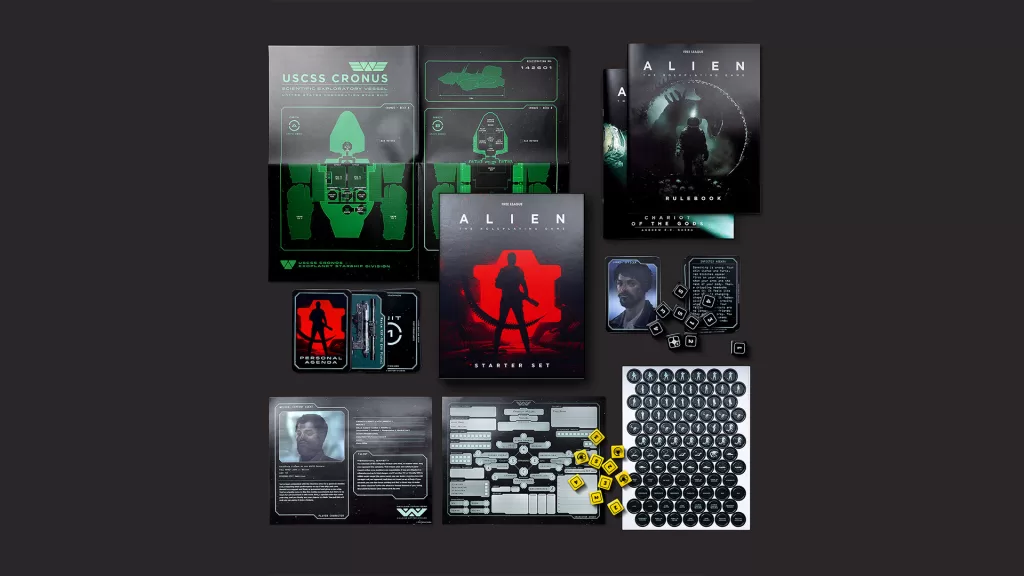
Starter Set
The Alien RPG Starter Set is packed with high-quality content. It includes a Condensed Rulebook containing the basic rules of the game, a cinematic scenario booklet called Chariot of the Gods, maps for use in this scenario, NPC cards with images and stats, 5 pre-generated character sheets, personal agenda cards for Chariot of the Gods characters, weapon and equipment cards, 20 custom dice for Alien RPG, and tokens for use on the map. All of these items come in a box that you would be proud to display on your shelf, just like other Free League Starter Set products.
Chariot of the Gods
Before diving into this section, let’s provide a warning that there will be some spoilers ahead. If you’re going to be a player in this game, it’s not recommended to read further, but if you’re going to be a Game Mother, there’s no harm in reading on.
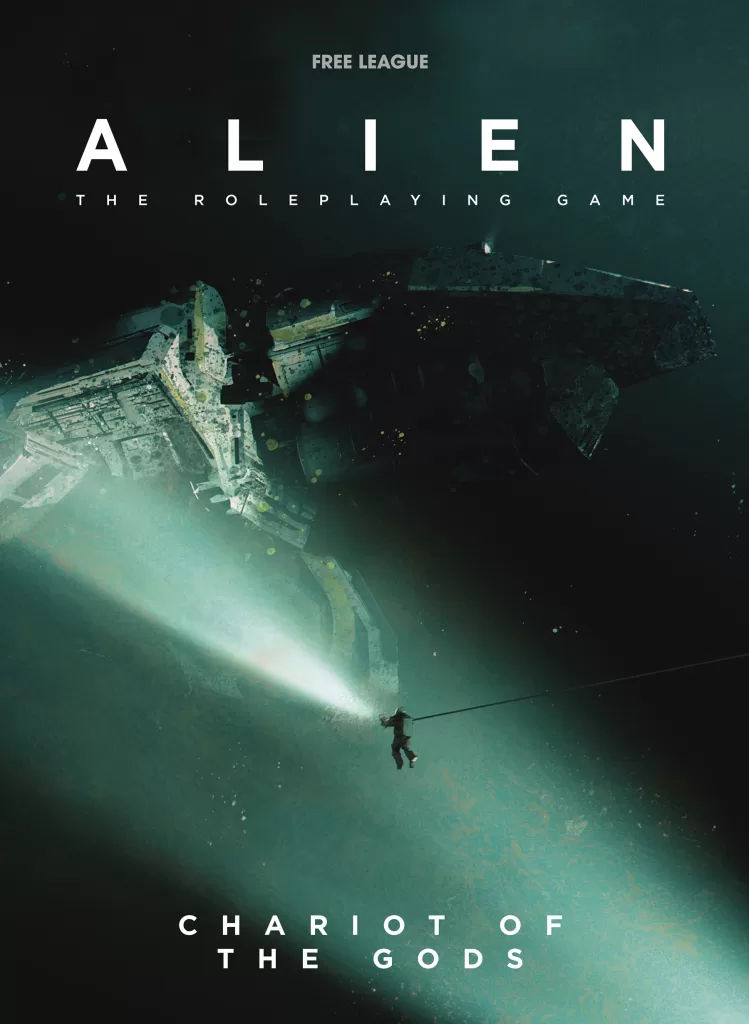
The Chariot of the Gods scenario included in the Starter Set is an excellent starting point. The scenario’s writer, Andrew E.C. Gask, has been writing science fiction books for many years and has created comics and other content related to Alien. In short, you can have no doubts about the quality of the scenario. Like the rest of the system, the scenario included in the Starter Set is meticulously crafted by a true fan of the series.
In this scenario, one of the players is tasked with protecting and delivering a xenomorph creature to the company as part of their personal agenda. Another player is a secret android working as a spy for a rival company, with the goal of eliminating the xenomorph creature. The scenario is filled with conflicting characters and events that provide ample opportunity for player interaction and conflict.
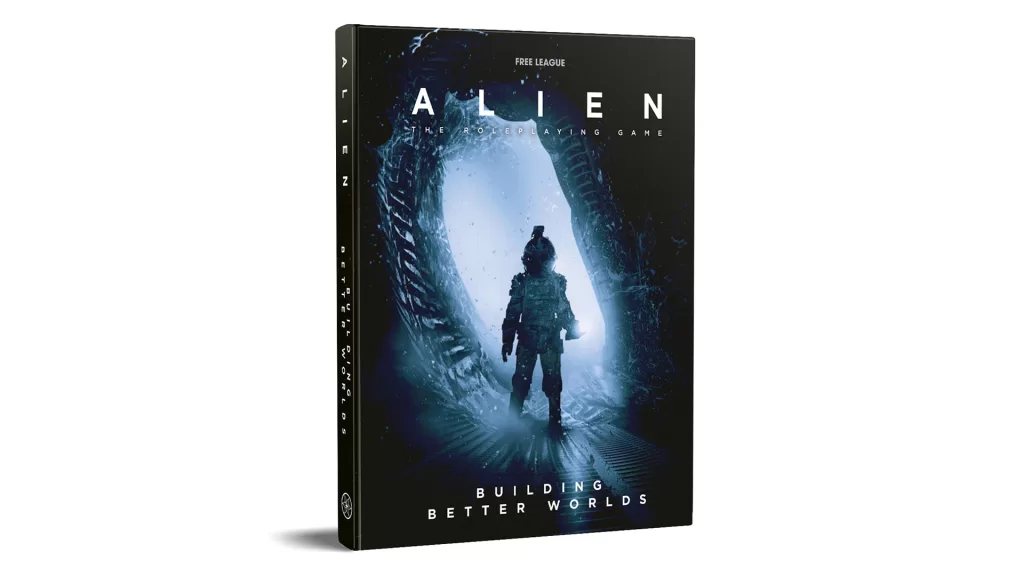
Epilogue
Whether you want to play a quick game with your friends for a single evening or embark on a long-lasting adventure that spans months, Alien RPG will meet your expectations flawlessly. I can openly say that it is the best horror science fiction game I have ever seen. Winning the Game of the Year award at the ENnie Awards in its release year is definitely not a coincidence; it is a thoroughly deserved accolade.
The continuous updates and support with additional packs and scenarios are a wonderful thing for fans. An example of this is the release of the Building Better Worlds book this year, which showcases the quality of the additional packs. Additionally, a review of this book will soon be available on our website.
Wishing you all the best of luck in the endless darkness of space, we extend our gratitude to the entire Free League team for bringing us such a beautiful game.



